Pixie Cut and Womens Liberation
The Pixie Cut and Women’s Liberation
The Iconic Pixie Cut: A History of Bold Style and Women’s Liberation
No hairstyle screams "Womens Liberation" like the pixie cut. It’s edgy, undeniably chic, and in its own way, a little rebellious. But the pixie cut isn’t just about making a style statement; it’s woven deeply into the cultural fabric of women’s lib. and self-expression. Let’s dive into the journey of this iconic look and discover why it’s so much more than just a haircut.
Early Roots: Rebellious Bobs of the 1920s
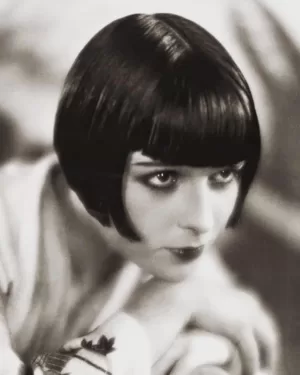 The pixie cut has its earliest roots in the roaring 1920s when women started experimenting with shorter hairstyles. The “flapper bob” was the first real breakthrough. It was bold, blunt, and sent a message. Back then, cutting one’s hair short wasn’t just a fashion decision; it was an act of defiance. In a time when long, delicate hair symbolized femininity, daring to go short was a way for women to carve out their independence. While the bob wasn’t quite the pixie we know today, it set the stage for what was to come: a new era where short hair could stand for freedom, confidence, and autonomy.
The pixie cut has its earliest roots in the roaring 1920s when women started experimenting with shorter hairstyles. The “flapper bob” was the first real breakthrough. It was bold, blunt, and sent a message. Back then, cutting one’s hair short wasn’t just a fashion decision; it was an act of defiance. In a time when long, delicate hair symbolized femininity, daring to go short was a way for women to carve out their independence. While the bob wasn’t quite the pixie we know today, it set the stage for what was to come: a new era where short hair could stand for freedom, confidence, and autonomy.
Audrey Hepburn’s “Roman Holiday” Moment in the 1950s
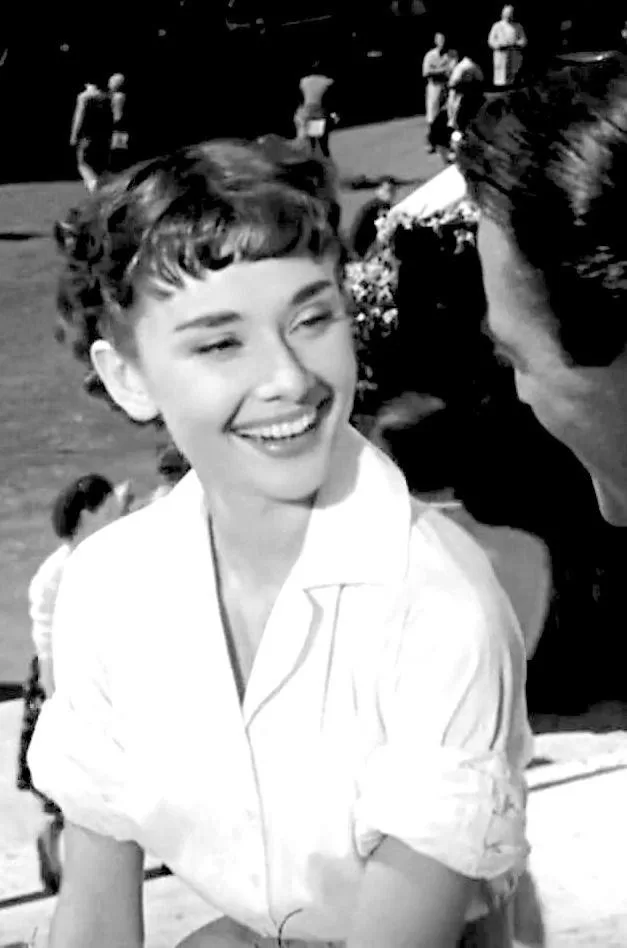 The pixie cut we recognize today really burst onto the scene with Audrey Hepburn in Roman Holiday (1953). There was something almost magical about Hepburn’s character Princess Ann chopping off her hair in an impulsive act of liberation. In real life, Hepburn’s pixie was every bit as revolutionary as her character’s transformation; it was daring, feminine, and completely captivating. This look redefined femininity, proving that a woman could be elegant and powerful without needing flowing locks. Audrey Hepburn’s pixie sparked a sensation, and women everywhere took notice.
The pixie cut we recognize today really burst onto the scene with Audrey Hepburn in Roman Holiday (1953). There was something almost magical about Hepburn’s character Princess Ann chopping off her hair in an impulsive act of liberation. In real life, Hepburn’s pixie was every bit as revolutionary as her character’s transformation; it was daring, feminine, and completely captivating. This look redefined femininity, proving that a woman could be elegant and powerful without needing flowing locks. Audrey Hepburn’s pixie sparked a sensation, and women everywhere took notice.
The Revolutionary 1960s: Mia Farrow and Twiggy
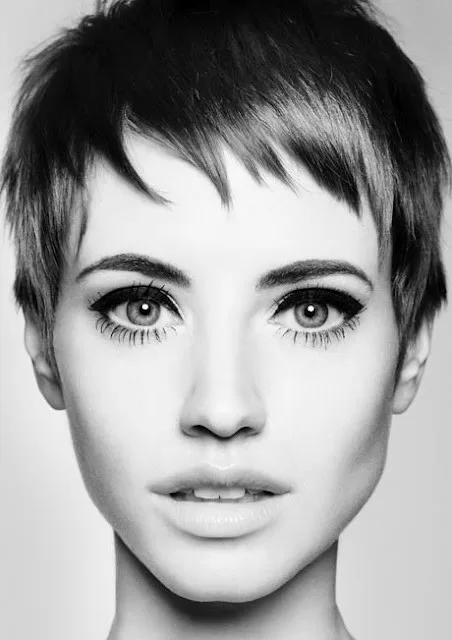 The 1960s were a time of profound change, and hairstyles reflected the social shifts. Mia Farrow’s pixie cut in Rosemary’s Baby (1968) set a new standard for androgynous beauty. Created by Vidal Sassoon himself, Farrow’s super-short cut was edgy, almost boyish, and yet somehow perfectly graceful. At a time when traditional beauty standards were being challenged, Farrow’s pixie symbolized a break from convention—a sign that women didn’t need to conform to anyone else’s expectations.
The 1960s were a time of profound change, and hairstyles reflected the social shifts. Mia Farrow’s pixie cut in Rosemary’s Baby (1968) set a new standard for androgynous beauty. Created by Vidal Sassoon himself, Farrow’s super-short cut was edgy, almost boyish, and yet somehow perfectly graceful. At a time when traditional beauty standards were being challenged, Farrow’s pixie symbolized a break from convention—a sign that women didn’t need to conform to anyone else’s expectations.
![]()
Around the same time, model Twiggy made the pixie into a high-fashion statement. Her ultra-short, straight pixie with its boyish charm became iconic. Twiggy’s look broke barriers in the modeling industry, which was previously obsessed with glamour and curves. Her androgynous, cropped cut became a symbol of modernity, minimalism, and non-traditional beauty.
The 1980s: Linda Evangelista’s Pixie with an Edge
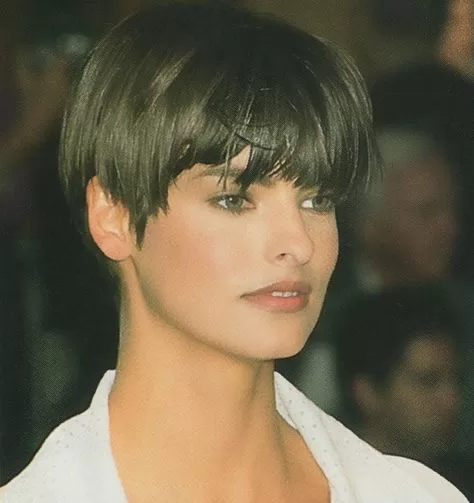 When Linda Evangelista chopped off her hair in the late 1980s, the pixie cut gained a new, edgier twist. Evangelista, one of the original supermodels, didn’t just adopt the pixie—she reinvented it. Her short crop wasn’t soft or demure; it was sharp, angular, and undeniably fierce. Her pixie symbolized high fashion with a touch of rebellion, setting a trend for bold, statement-making hairstyles. Evangelista’s look proved that the pixie could be glamorous, sophisticated, and strong, all at once. For many women, her style was a call to embrace their own power and individuality.
When Linda Evangelista chopped off her hair in the late 1980s, the pixie cut gained a new, edgier twist. Evangelista, one of the original supermodels, didn’t just adopt the pixie—she reinvented it. Her short crop wasn’t soft or demure; it was sharp, angular, and undeniably fierce. Her pixie symbolized high fashion with a touch of rebellion, setting a trend for bold, statement-making hairstyles. Evangelista’s look proved that the pixie could be glamorous, sophisticated, and strong, all at once. For many women, her style was a call to embrace their own power and individuality.
Winona Ryder in the Grunge-Infused 1990s
 The pixie cut got a new cultural twist in the 1990s, thanks to actress Winona Ryder. With her dark, punk-inspired pixie, Ryder epitomized the grunge aesthetic of the decade. She was unconventional, mysterious, and didn’t care about traditional Hollywood beauty norms. Ryder’s style resonated with a generation of young women who were tired of overdone fashion and wanted to express their own sense of rebellion. Her pixie was messy, edgy, and effortlessly cool—a perfect fit for a decade that celebrated nonconformity and authenticity.
The pixie cut got a new cultural twist in the 1990s, thanks to actress Winona Ryder. With her dark, punk-inspired pixie, Ryder epitomized the grunge aesthetic of the decade. She was unconventional, mysterious, and didn’t care about traditional Hollywood beauty norms. Ryder’s style resonated with a generation of young women who were tired of overdone fashion and wanted to express their own sense of rebellion. Her pixie was messy, edgy, and effortlessly cool—a perfect fit for a decade that celebrated nonconformity and authenticity.
Modern Icons: Emma Watson, Charlize Theron, and the Power of Reinvention
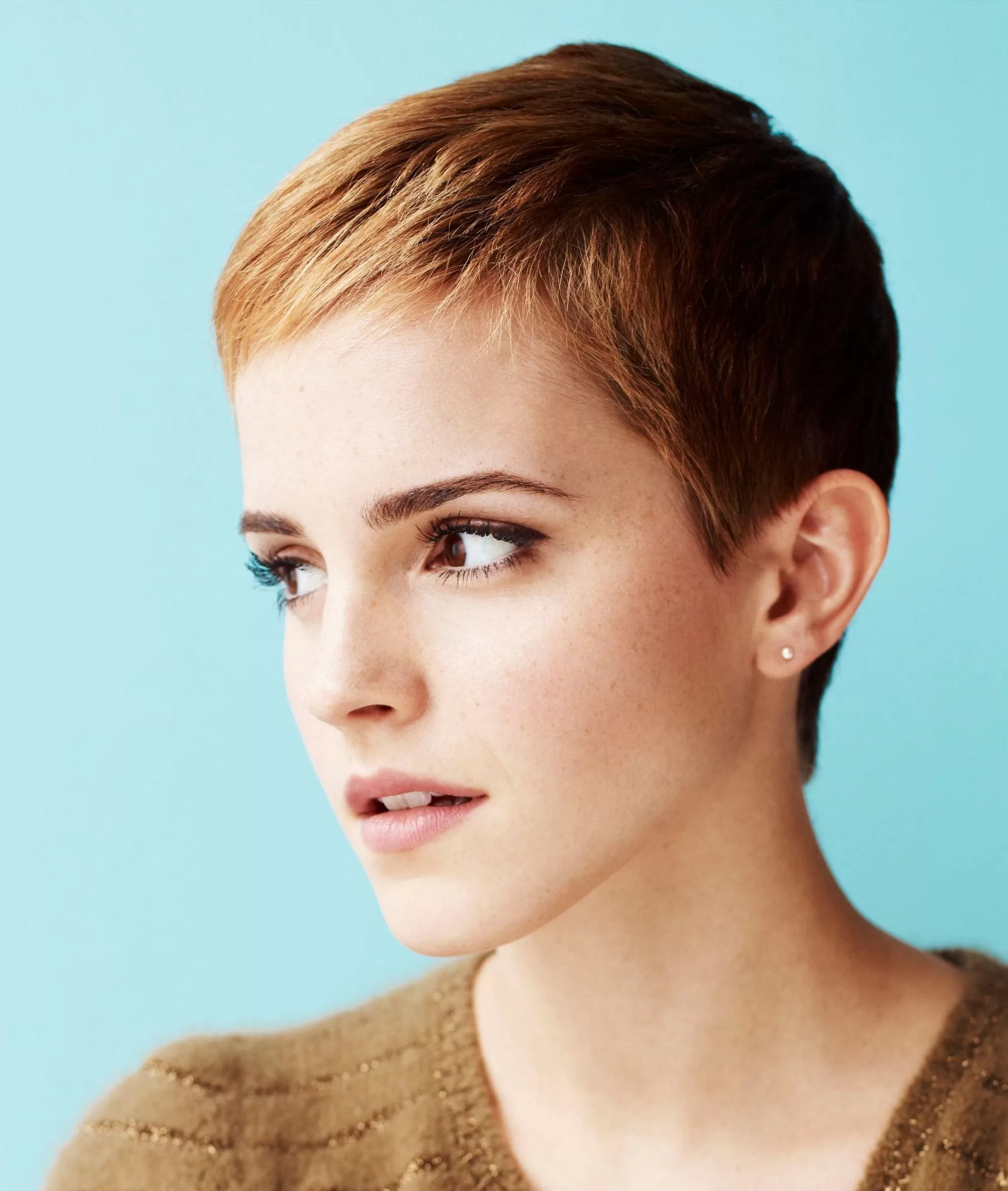 In the 2000s and 2010s, the pixie experienced a major revival. Emma Watson’s decision to chop her hair after wrapping up the Harry Potter series became a defining moment in her personal transformation. She described her pixie cut as “the most liberating thing ever.” Watson’s new look was fresh, modern, and signaled her break from the past—a declaration of independence and self-ownership. For many young women, Watson’s pixie was inspiring, a symbol of reinvention and stepping confidently into a new chapter.
In the 2000s and 2010s, the pixie experienced a major revival. Emma Watson’s decision to chop her hair after wrapping up the Harry Potter series became a defining moment in her personal transformation. She described her pixie cut as “the most liberating thing ever.” Watson’s new look was fresh, modern, and signaled her break from the past—a declaration of independence and self-ownership. For many young women, Watson’s pixie was inspiring, a symbol of reinvention and stepping confidently into a new chapter.
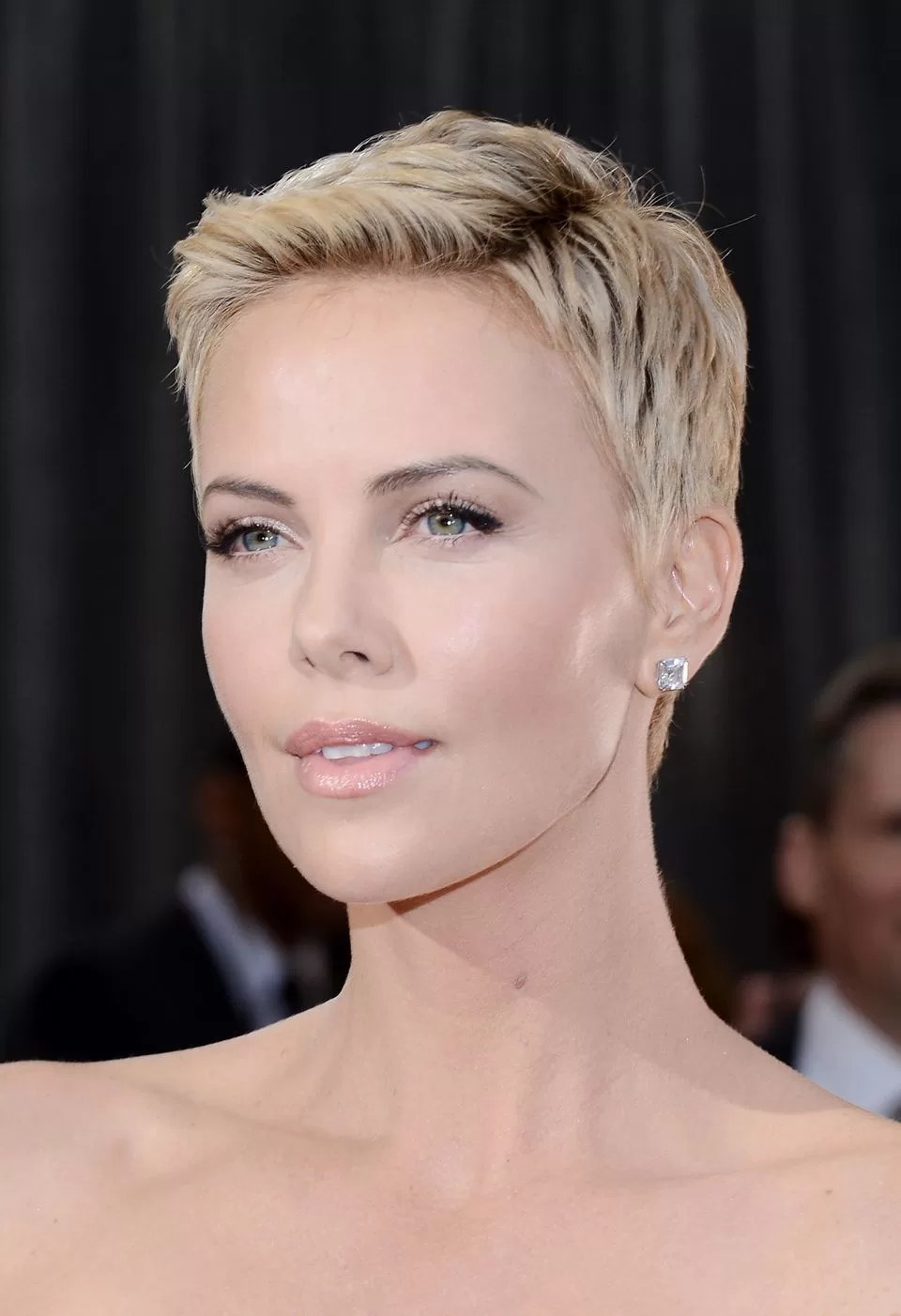 Charlize Theron also made headlines with her pixie cut, showing that short hair could be both fierce and sophisticated. Her look during awards season was all about sleek elegance with an edge, proving that a pixie could be effortlessly chic. For Halle Berry, who has rocked a pixie cut throughout much of her career, the style has become almost synonymous with her identity—bold, timeless, and captivating.
Charlize Theron also made headlines with her pixie cut, showing that short hair could be both fierce and sophisticated. Her look during awards season was all about sleek elegance with an edge, proving that a pixie could be effortlessly chic. For Halle Berry, who has rocked a pixie cut throughout much of her career, the style has become almost synonymous with her identity—bold, timeless, and captivating.
Why the Pixie Cut Still Matters
Today, the pixie cut remains more than just a hairstyle. It’s a statement, a lifestyle, a marker of freedom. It’s a reminder that femininity doesn’t come from the length of one’s hair, but from embracing who you are—boldly, unapologetically, and uniquely. Each woman who wears a pixie adds her own meaning to it, whether it’s about personal reinvention, rebellion, or simply the joy of a low-maintenance, high-impact look.
From Audrey Hepburn to Charlize Theron, the pixie cut has captured hearts and imaginations, showing that sometimes, the most powerful statement is made by shedding what’s unnecessary. It’s a haircut that has evolved alongside women’s liberation movements, fashion trends, and cultural changes. And no matter how many decades go by, the pixie remains a timeless symbol of strength, independence, and the beauty of breaking the mold.

